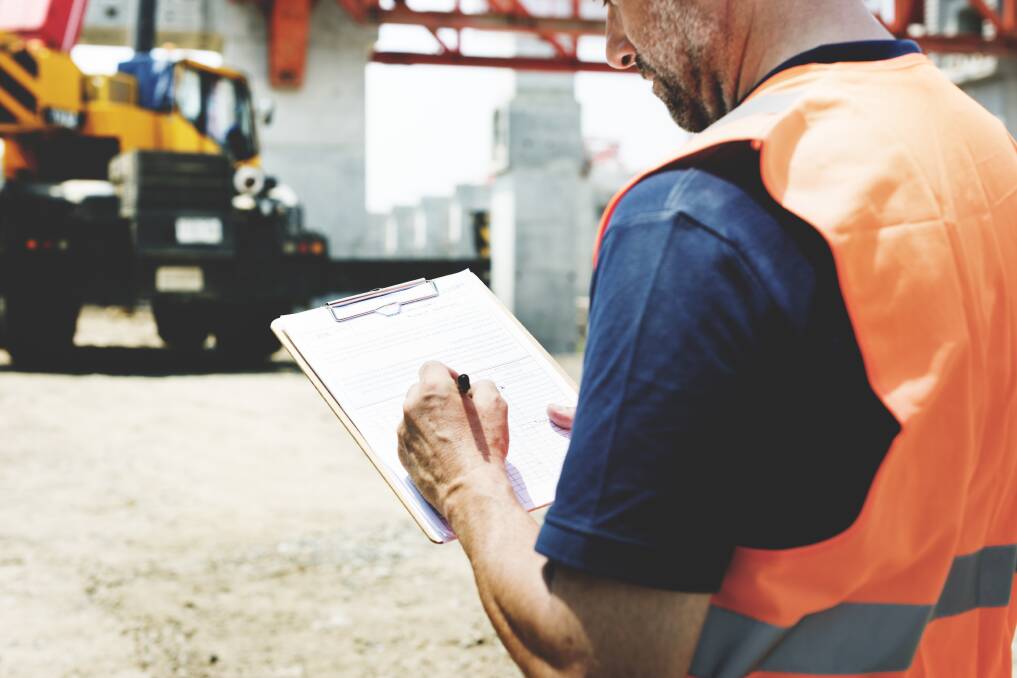Safety first: Navigating the modern workplace landscape with proactive safety measures

This is branded content.
Proactive safety measures are the most effective way to address risks and hazards in the workplace. Preventing accidents and injuries before they happen is always the best policy. There is a wide range of measures that can be implemented with the help of expert safety consultants to create a safer workplace.
Safety audits and inspections
Safety audits are key for ensuring that a workplace remains safe at all times. Regular inspections by workplace safety experts will ensure that businesses remain compliant with the relevant OHS legislation and that any risks and hazards are identified before they become a problem.
It's essential to have audits carried out by seasoned professionals who know exactly what to look for, and how to identify different types of hazards. Regular employees may not be equipped with the knowledge to spot and deal with certain risks, such as issues with machinery or ergonomics. Therefore, expert assistance is a must.
A regular auditing program is critical for spotting and managing risk factors before they cause accidents and injuries. This is arguably the most effective strategy when it comes to implementing proactive safety measures.
Regular, effective training
Every employee should receive some form of workplace health and safety training. Equipping workers with the knowledge they need to manage risks and avoid accidents or injuries greatly contributes to preventing these outcomes. Moreover, safety training is essential (and incredibly effective) for employees at all levels.
Training can be delivered in a number of different ways. Online training is popular, and more impactful than ever before. This type of training can explain safe processes, teach workers how to identify risks and hazards, and how to respond to an accident at work. They can also educate people on how to correctly use protective equipment, and provide insight into better ergonomic practices.
It's important that training is carried out regularly to ensure that employees are up to date with safe practices and processes, and so that the business remains compliant.

Detailed documentation
High-quality process documentation is essential for safe operation of various equipment, vehicles, and machinery. Having the right documents in place and ensuring that they are accessible is incredibly important. If employees cannot access this documentation, they may attempt to complete the task without the correct information.
Easy-to-understand processes and documents will make operating machinery so much safer for employees. This information will help to eliminate the risk associated with a lack of knowledge, or when workers are new to a certain task or piece of equipment. Centralised documentation programs are an excellent way to keep everything in one place.
Health and wellness programs
Health and wellness programs are a great way to care for the physical and mental wellbeing of employees. Mental health is of the utmost importance, and running programs is a great way to ensure that people are willing to communicate with one another and learn to spot the signs of mental illness.
Every employer should be taking steps to promote a healthier workplace, both mentally and physically. This becomes much more achievable when proactive measures are used, particularly with the help of a WHS safety consultant.


